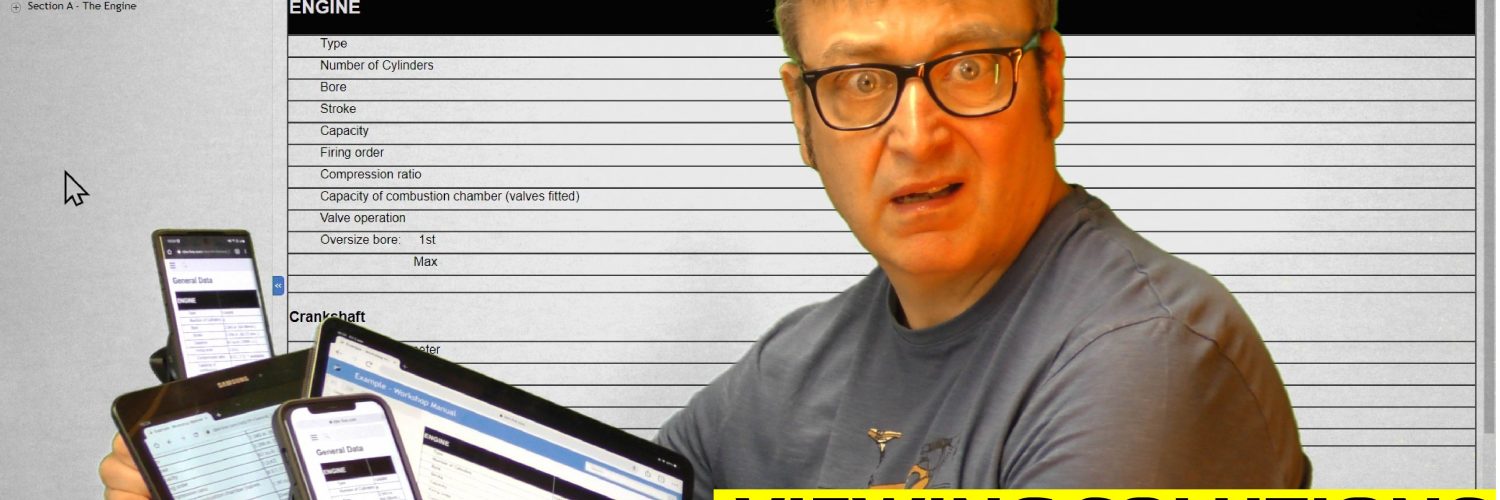Selecting our technical documentation’s viewing solution is always a bit of a challenge, especially if we are not 100% sure of the existing alternative options.
The starting question is, “are we using S1000D?”. As I have mentioned in many blogs and articles, S1000D is one way to produce technical documentation. It is not the only way, sorry to those that think it is. There are many options available to us to improve technical documentation quality, functionality and deployability.
Robohelp & MadCap Flare are two excellent options that provide us with the necessary tools to create and deliver technical content worthy of any modern product support strategy. Suppose we decide that S1000D is too big for us to handle or is overkill for our documentation. We should not discount other avenues open to creating 21st-century support information.
With tools like Robohelp & Flare, there are built-in deployment options that enable projects to create engaging deployable content. An output that is accessible and viewable from a multitude of devices is the resounding unique selling point of these tools. Naturally, there are limitations to this approach to deployment options, which will not be an option for some projects.
S1000D content-driven projects naturally will look for domain-specific viewing solutions—specialist vendors supporting the data structures of S1000D and enabling the deployment of content to the end-user.
It is essential to understand that not all S1000D Interactive Electronic Technical Publication (IETP) viewers are created equal. Some options require specialist installations (or bespoke viewing options), and some will work fine in widely available viewing solutions like Microsoft Edge, Firefox, Safari and Chrome.
Not all S1000D viewers will support all of the possibilities available to us in the S1000D specification. Projects wishing to use the Process Data Module may find that the viewer does not support it. Other S1000D Applicability structures may also be unsupported, introducing limitations on your content deployment.
When selecting a viewing solution for projects, my suggestion is to start with where we are going and work backwards toward tool selection. I also suggest that the S1000D functionality matrix is a reasonable starting point but should not be the only point of reference for making decisions. In my opinion, the S1000D specification is now a little dated when it comes to interactive viewer guidance. Technology has moved on significantly in the last few years alone, and viewing capability is evolving at a rate the specification will not keep pace.
Watch the video on this topic on our YouTube channel, released each Sunday at 6 PM UK time, subscribe to be notified.
Join TDWPlus for more like this and access premium content from TDW.
A follow-up full article on IETPs will appear in the Q1 issue of the TDW-Magazine. Subscribe to our channels and newsletter to be notified when the magazine is available.
Are you looking for an S1000D viewing solution? Check-out the TDW Vendor Members supporting Tech Data World’s work.






